While striving to provide predictions of changes resulting from scientific breakthroughs by 2068, it is important to honestly admit that it is actually not possible to predict anything. All similar predictions of the distant future that have been provided thus far have eventually proved highly unreliable. For instance, could anyone back in 1968 have predicted the world as we know it? What would be the biggest surprises for a person from that period if they were to visit us now? In order to adequately prepare for this task, I attempted to primarily give an answer to this question and hence I became involved in an Internet search of the photographs dating back to 1968. It is important to highlight the demographic changes that first attract one's attention: world population has doubled over the last 50 years. Migrations were incomparable with what is currently the case and consequently nation-states with relatively homogeneous population from the ethnic aspect were still the dominant method of organisation resorted to by humankind. From the current perspective, cities appeared half-empty, since urbanisation or migrations from rural to urban areas had not yet gained momentum at that point. Automobiles looked like toys compared with the today's mighty vehicles permeated with electronics. Their number was relatively small and hence there were no traffic congestions or traffic jammed roads. The air in the cities was cleaner compared with what is currently the case, irrespective of virtually non-existent pollution prevention regulations. It is important to highlight the fact that at the time industry was not nearly as developed as it currently is and traffic was not as heavy either. In developed countries, energy required for home heating systems and that required to meet their electricity needs was generated from fossil fuels, i.e. coal, oil and natural gas. Underdeveloped countries were most frequently faced with electricity shortage and people still used wood for heating.
People’s daily lives also greatly differed compared with today. Everyday rituals dominated their daily schedules and women were primarily in charge of them. Families used to gather around the table three times per day and they engaged in conversations without any distractions. If they listened to music, it was by playing records on vinyl record players. In the cities, people became primarily involved in office jobs, where typewriters were used or in factories on an assembly line. In villages, people were involved in agriculture, using ploughs and animal drawn carts. Tractors were rarely owned. Concerning entertainment, people had at their disposal only the radio, which they used for listening to football games on Sundays. The radio used to provide a specific selection of different programmes. Those who owned television sets normally had the opportunity to watch only one or merely several television programmes and the picture was black and white. Telephone devices were also used although the lines were frequently overburdened, busy and unreliable. People used to spend their leisure time reading newspapers, books and magazines and going to the theatre or cinema. In most countries of the world, average life expectancy was 15 to 20 years lower, but the issue of medical advances will be tackled in another essay.
One might ask oneself what changes would attract the most attention if people from 1968 were to be transported into our times. Firstly, demographic changes – world population figures have shown a significant increase, people live in considerably larger cities, whose huge ethnic diversity is primarily the result of migrations. Secondly, infrastructure changes – reinforced concrete, steel and glass are used as construction materials and have replaced bricks and wood beams that were previously used in the construction of buildings. Metropolitan cities of the 21st century abound with impressive buildings which, with the exception of several US cities, were impossible to imagine 50 years ago. Thirdly, roads jammed with vehicles showing technological advancements and abounding with inventions that were inconceivable 50 years ago. The fourth important change is linked with cars and it implies environmental pollution – primarily air pollution, as well as water pollution and disappearing forests. The radio has lost a considerable proportion of its previous influence, while television provides thousands of programmes and channels, in addition to a wide range of recording and recorded programme saving options. Nevertheless, perhaps the most unexpected changes have occurred in the way people spend their leisure time. Spending time in front of a computer screen, the Internet and video games, as well as smartphones, social networks and YouTube, have to a considerable extent replaced the previous forms of socialising and communication. People have been increasingly frequently opting to eat out or choosing takeaway options. An increasing number of people decide to live alone, while shopping in huge shopping malls and Internet shopping have fully replaced small local shops and markets. Energy, which used to be almost entirely generated from fossil fuels, hydroelectric power plants and nuclear power plants, is currently increasingly generated from a wide range of renewable sources.
One may get the impression that everything has changed over the last 50 years, yet some things linked with science and technology have remained surprisingly similar. Irrespective of the fact that modern aircraft, as well as modern automobiles, are have seen significant improvements both in terms of technology and electronics, air travel has not seen any fundamental changes, the so-called "quantum leap", since jet engines were already in use at that time. The situation is similar also in maritime transport – the advancement has been based on continuous upgrades of existing approaches to navigation, while hovercrafts or air cushion vehicles have not been widely used to date. Trains are also significantly faster compared with 50 years ago, yet the fundamental characteristics of rail transport, as well as the related infrastructure, have remained relatively unchanged. While electronics and electrical engineering, robotics, materials science and nanotechnology, chemistry and biomedicine have recorded immense advancements and breakthroughs over the last five decades, some other fields have not shown similar progress. Notwithstanding the fact that physics has recorded several highly important discoveries, its most interesting experiments conducted have only yet again confirmed the core tenets of the so-called "standard model" and even after 50 years, we do not have an indisputable theory that would unify quantum mechanics and gravity. Moreover, some interesting new ideas have started being proposed and researched on, such as the string theory or the holographic universe. Irrespective of the fact that someone may not agree, an impression has been created that social sciences, like philosophy, sociology, linguistics, history or archaeology, have been gradually assuming secondary importance in the eyes of science investors compared with the branches of science based on modern technologies. Since the first Moon landing occurred in 1969, many would have predicted that we would have by now landed the first astronauts also on Mars, Venus and perhaps also on one of the Jupiter’s Moons, yet nothing similar has happened to date. However, an important branch of science that 50 years ago was only at its inception has seen a boom and by this I am referring to climatology, as well as to ecology.
Over the last half-century, some scientific fields have actually skyrocketed, while others have stagnated and several more have only just appeared. Hence, predicting what could happen in the forthcoming 5o years is certainly not an easy task. One can only assume that all the changes identified over the last half-century will see a substantial acceleration, due to the fact that currently, against the backdrop of a continuous population growth, as well as an increasing share of highly-educated persons, an increasing number of people have been professionally involved in science. In addition, countries throughout the world are currently considerably wealthier, as a result of continuous economic growth and consequently science budget allocations have also seen a continuous increase, in absolute terms.
Let us now attempt to provide a highly uncertain prediction of the future in 2068 by focusing on scientific progress. Firstly, one needs to assume three very important things: over the next half-century the world will see no large-scale world wars, no meteor impact on Earth or contagious disease pandemics that would result in the death of a significant proportion of world population. In case of occurrence of any of the three previously mentioned events, global science would likely see a temporary stagnation. It is important to point out that the occurrence of any of the three adverse events would probably significantly accelerate the development of military technology, as well as of space missions and biotechnology industry (e.g. vaccines and antiviral drugs). Should these disasters be avoided, scientific development will continue over the next decade in accordance with current trends, yet it would currently be a highly challenging task to provide any predictions concerning what life will be like after 2030.
Scientific progress over the next 50 years will greatly depend on the need to meet new challenges of the 21st century. Every other child on Earth will be born in Africa and that is also where most of 20 largest cities of the world will be located, while Lagos in Nigeria is likely to become the largest among them. As a result of further significant population growth in Africa, as well as that in large areas in the Middle East and Southeast Asia, new housing and transport solutions will be required, primarily for the poor. The number of inhabitants in an increasing number of cities will exceed 20 to 30 million and hence solutions concerning the sustainable supply of food, water, electricity and heating, as well as air cleanliness control will be required. Countries will be investing into more effective energy production and consumption, as well as into transition to renewable energy sources.
Concerning the energy sector, the current period will be remembered by increasingly vigorous transition from fossil fuels to renewables, primarily solar energy. Consequently, in materials science a considerable interest in perovskite has been aroused, as a relatively affordable and available material with an excellent potential for conversion of solar energy into electricity and with the highest efficiency to date. Northern European countries have been increasingly resorting to a successful use of wind energy. A large number of other countries, primarily including China, have been substantially investing into sustainable supply of solar energy, while simultaneously focusing on increasing its efficiency. The most important breakthrough over the next 50 years would be to provide a sustainable source of safe energy, which would be environmentally friendly and significantly more affordable compared with the existing energy sources. Ideally, the type of energy in question would be safe, it would not be possible to use it as a weapon of mass destruction, nor would it generate hazardous poisonous waste or emit gases into the atmosphere. Such energy could result from a new deeper insight of physics. It has to be pointed out that fusion power has currently been identified as the best potential candidate concerning this issue.
Against the backdrop of an increasing number of electric vehicles on the roads and self-sustaining, off-grid housing with solar roofing, it is important to point out energy storage problem as one of the constraining factors in the transition towards renewable energies. Hence, development of more effective, larger, stronger and more resilient batteries with longer-lasting life will be attracting huge attention of the chemists. There is currently still huge interest in improvement of lithium-ion batteries, while the so-called metal-air batteries have been attracting increasing attention, in which oxygen would act as a positive electrode. Opportunities for the potential replacement of lithium with sodium or magnesium in the batteries of the future are also being explored, as well as the transition to biodegradable materials in battery manufacturing.
Furthermore, graphene characteristics and the so-called two-dimensional crystals in energy conversion and storage are arousing huge interest, which is also likely to result in an outbreak of revolution should this research path prove successful. Climate change research is to some extent connected with the previously mentioned research conducted in the renewable energy sector. Continued measurements of physical and chemical properties of the oceans, seas and lakes, as well as of different continental regions, in addition to the piling up of evidence from a wide range of research areas for climate change impact on our planet, will result in improved and more accurate climate change models and predictions. Some scientists predict that by 2070 sea levels will rise, which may lead to flooding homes of as many as 150 million people. On the other hand, others are working on the idea of development of "floating cities", i.e. fully self-sustaining communities with edible water gardens, factories for desalination and production of drinking water, while generating energy from the sun, the wind and the waves. It is interesting how little we actually know about the oceans and the ocean floor. Over the forthcoming 50 years, thanks to remote controlled robots, underwater and ocean floor exploration may intensify, should private investors identify any economic interest concerning this issue. It will also be interesting to keep abreast of new information about increasing extinction of a large number of both animal and plant species during the so-called "Anthropocene", the most recent epoch in the history of our planet that has been marked with human impact.
Considerable resources will be invested in computer hardware acceleration and computer processing power, as well as in boosting data storage potential and analysis of increasing data volumes. Artificial intelligence and robotics will enable automation of a large number of jobs. In general, automation and optimisation of both the existing and the new processes will become buzzwords over the next two decades and probably even beyond. Consequently, we will be witnessing an unprecedented transition on labour markets and lifelong learning will be imperative for everyone in order to be able to generate revenue. Moreover, the idea of a universal basic income is also likely to be tested. People will be increasingly frequently opting for working from home. The state will be vigorously investing into improvement of food safety and quality, as well as into protection of drinking water. Scientists will have to invest special efforts in order to reduce air pollution, as well as concerning waste management and recycling, sea and ocean plastic clean up and climate change monitoring.
The private sector will be the frontrunner in space exploration, biomedical research, further development of virtual reality and video games, launching new forms of money, as well as in innovations in communications and entertainment. All the major world companies will be investing into progress in the field of the so-called artificial intelligence and its different methods (e.g. machine learning, neural networks and deep learning), as well as in the widest possible application of these methods. Hence, the transport sector will see the testing of self-driving autonomous cars, trucks and trains, yet also increasingly frequently drone flight assessment. In addition to fully autonomous cars, manually driven cars will still continue to exist in many parts of the world. Nevertheless, the option intended to convert manually driven cars into autonomous will also be provided, which will make manual driving considerably safer.
In the financial sector, methods of artificial intelligence will probably result in optimisation of planning, leadership and financial transactions and they will also be used in capital market investment. Big data analytics will be greatly in-demand, since an increasing number of companies will become aware of the importance of data-driven strategic planning. Both buyers and sellers will be co-operating through e-commerce in order to optimise future products and accelerate transactions. Consequently, online data safety and protection will gain in importance, since a continuous rise in cyber-crime is expected. Criminals will start using artificial intelligence methods and their most vulnerable victims will be less educated persons who are unaware of the dangers and methods of protection.
It is primarily important to highlight that artificial intelligence, which in itself is considered as a fundamentally new field of research, will be used in integration of humans and machines, as well as that of the real and digital i.e. virtual world. The development of video games and their commercial success has promoted also the development of research of the so-called virtual reality. In order to make experiences from the virtual world as real as possible, the development of a wide range of the so-called interfaces between humans and machines has considerably accelerated. Researchers are striving to make it possible for computers to be able to as faithfully as possible recognise and understand human speech, identify and translate all the world languages from one into another and, when connected to human body, to be able to monitor and record human body functions. On the other hand, devices are being developed that are intended to stimulate human vision, as well as the senses of hearing, touch and even smell in a harmonised way, in order to make the impression of being in a parallel virtual reality. The progress of augmented reality technologies will enable games that almost perfectly stimulate a different reality and the players will not need any wearable devices, since solutions will be provided to directly stimulate their senses. Some of them may even need to be swallowed in order to emit signals from inside of the body, while "nanobots", tiny intelligent robots, will be flowing in your bloodstream through your body.
These branches of science are increasingly resulting in the development of devices worn on the human body, to so-called wearables, which monitor the circadian rhythm of human body and optimise physical activity, as well as functions of cardiovascular, respiratory and musculoskeletal systems and sleep. Companies such as Neuralink and Kernel have gone even one step further and, using electrodes attached to human brain, are striving to gain a deeper insight into human consciousness, memory, thoughts and feelings and influence them. Another special fastest growing branch, arising from video games and virtual worlds, includes the so-called "augmented reality" and "mixed reality". Hence, through wearing special VR glasses, a wide range of normally non-existent sensory stimuli can be added to the real world, using digital aids. This significantly increases the quantity of information perceived by our senses about the surrounding world. In that way, the real world experiences are enhanced and intensified. Simultaneously with this type of development, global fiber optic network with huge information flow capacity will enable global connections and networking and make it possible for people to travel to other places electronically, rather than physically, as a result of the existence of virtual reality.
In robotics, artificial intelligence methods will be applied to provide robots with vision, balance and the ability to evaluate a specific situation, as well as movement and navigation. In 50 years it will be difficult to tell the difference between human consciousness and artificial intelligence. Even socialising among both humans and robots will see substantial changes, since many people will have highly personalised robot friends based on criteria such as shared memories, interests and the sense of humour.
Computing power sufficient for simulation of human brain is expected in in only several years’ time, but I will elaborate on this issue in my text on progress in medicine. Programming will not be exclusively intended for humans, since self-programming systems will start being launched and they will be increasingly effectively developed in the forthcoming future. The rise in computing power will also increase the flexibility and the number of roles of self-programming systems. The previously mentioned development and progress will depend on computer development and in this field a new form of unification is expected between the internal computer hardware and external interfaces. The functioning of internal computer hardware is still based on approaches dating back to mid-twentieth century, where each programme needs to have defined input and output functions, while external computer parts are adjusted to the existing reality and use algorithms and statistical analyses upon decision making. Internal computer hardware is also expected to start increasingly frequently functioning based on the latter principles, rather than based on accurately defined procedures.
Over the forthcoming period in economics and finances, as well as in social sciences in general, huge attention will be attracted by serious scientific work that will meticulously address the unexpected phenomenon of the so-called cryptocurrencies, such as Bitcoin and to predictions of their future. After a large number of centuries, experts in economics and humanistic sciences will yet again be considering the definition of money and its role in the society in the age of digitalisation. In addition and partly connected with the previously mentioned topic, political sciences will see a continuation of research on the role of social networks and their impact on political processes and election results, as well as of the spreading of fake news. It will be possible to visualise networks between people and organisations and their mutual connection in order to optimise processes and avoid situations in which important components of decision-making process are faced with information shortage. This is intended to contribute to error prevention.
Although it has already been previously mentioned that physics has not yet succeeded in connecting gravity and quantum mechanics into a unique theory, in this century we have witnessed as many as three discoveries of huge importance, all of which were awarded Nobel prizes. I am referring to the confirmation of the existence of the so-called Higgs boson, in CERN in Switzerland, as well as the confirmation of the existence of gravity waves through a LIGO experiment in the US and the discovery of two-dimensional material – graphene – with incredibly interesting properties whose application scope yet needs to be identified. After such three significant breakthroughs, a continuation of theoretical work is anticipated concerning the design of experiments intended for space exploration through its gravitational features, as well as identification of a wide range of practical application uses of graphene. Nevertheless, in the meantime physicists are expected to achieve first significant success in the development of the so-called quantum computers. These computers are expected to be incomparably more powerful compared with existing computers and to provide significant advantage from the aspect of trade, economy and probably also the military to any country that manages to achieve a significant progress in this field. Hence, unexpected news about progress in the development of quantum computers from China may not be surprising. Simultaneously with quantum computer development, we will see the development of quantum teleportation, not as a means of transport, but as a communication method used among quantum computers.
Meanwhile, scientists involved in space exploration are currently focused on search for the so-called exoplanets, i.e. on proving that a large number of stars in our galaxy are also surrounded by planets. I believe that an increasing number of planets will be identified with conditions that may support life, due to the fact that the distance between that planet and its star is expected to provide conditions to support liquid water and perhaps also the atmosphere. On the other hand, an increasing number of private companies are becoming involved in space technology development, such as Elon Musks’s Space X Falcon 9 rocket, designed to fly to space and land back Earth. Competition in private sector in terms of space technology development, which is no longer reserved only for huge government space agencies, will certainly accelerate progress in this field. In astronomy and space exploration, artificial intelligence will be able to integrate and analyse big data from space incomparably faster than the best astronomers. Hence, in connection with this type of progress, the inevitable question arises whether we will be able to identify evidence of extra-terrestrial life over the next 50 years. I believe that is not highly likely, unless we manage to create super powerful telescopes to enable us to directly observe planets throughout our galaxy. In fact, even if fossilised remains of some bacteria on Mars, or anywhere else in the solar system, are eventually identified, it will still not provide the type of evidence that many among us have in mind. It has to be highlighted that planets within the solar system have been exchanging rock after meteorite impacts and hence the bacteria life may have "jumped" from one planet to another within the solar system. Still, it would be rather difficult to predict whether we will be able to detect signals from some other advanced civilisation from space. Nevertheless, to provide some comfort, many believe that we will manage to build a "space lift" from Earth leading onto a satellite orbiting the Earth, which would rotate in harmony with the Earth. This would have to be possible due to the existence of carbon nanotubes and pipes, whose tensile strength is 180 times greater than that of steel. Another question that will be arising is also whether our universe is the only one or there are perhaps a myriad universes out there. Moreover, is our universe identical throughout its segments and do different laws of physics apply in different segments of the universe?
I will end this overview with the anticipated significant progress in the so-called pro-poor research. A large number of charitable foundations, founded by the world’s wealthiest people, have launched a wide range of research programmes. Such research, using science and cutting-edge technologies, is intended to enable the poorest segments of the population to enjoy the benefits that are widely available in developed countries. It is important to highlight instances of drone use in order to deliver medicines and vaccines to remote and extremely poor areas, development of bicycles for household use intended to generate electricity, solar-powered water purification systems and laboratory refrigerators. There are high expectations also from 3D printing, which has the potential to meet any requirements of people through serial production throughout the world at considerably more affordable prices. A particularly interesting example of this type of research is the development of devices, atmospheric water generators, used for production of drinking water from humid ambient air, intended for areas faced with scarcity of natural water sources. Drinking water will become a growth limiting factor for a significant proportion of the world’s population, primarily for the people living in the world’s poorest areas and such devices will be saving a large number of lives in the future.
According to some projections, the world will become a wonderful place to live in, without poverty, where everyone will be living in harmony using widely available new technologies. Nevertheless, according to other projections, technology development will contribute to building massive wealth among a small number of people owning it, while simultaneously resulting in unemployment and futility for many others. Consequently, humankind will be divided into two "castes" – those abounding in resources and those whose sustenance will depend on someone else. The today’s world provides examples of both previously mentioned scenarios and it would be a challenge to decide which one will prevail. Nevertheless, let us hope that the continuously increasing quantities of new value created on an annualised level through work performed by all humankind will result in an amount of wealth so immense that no one, anywhere in the world, will ever be poor and deprived of opportunities to assume an adequate role in such an advanced world.
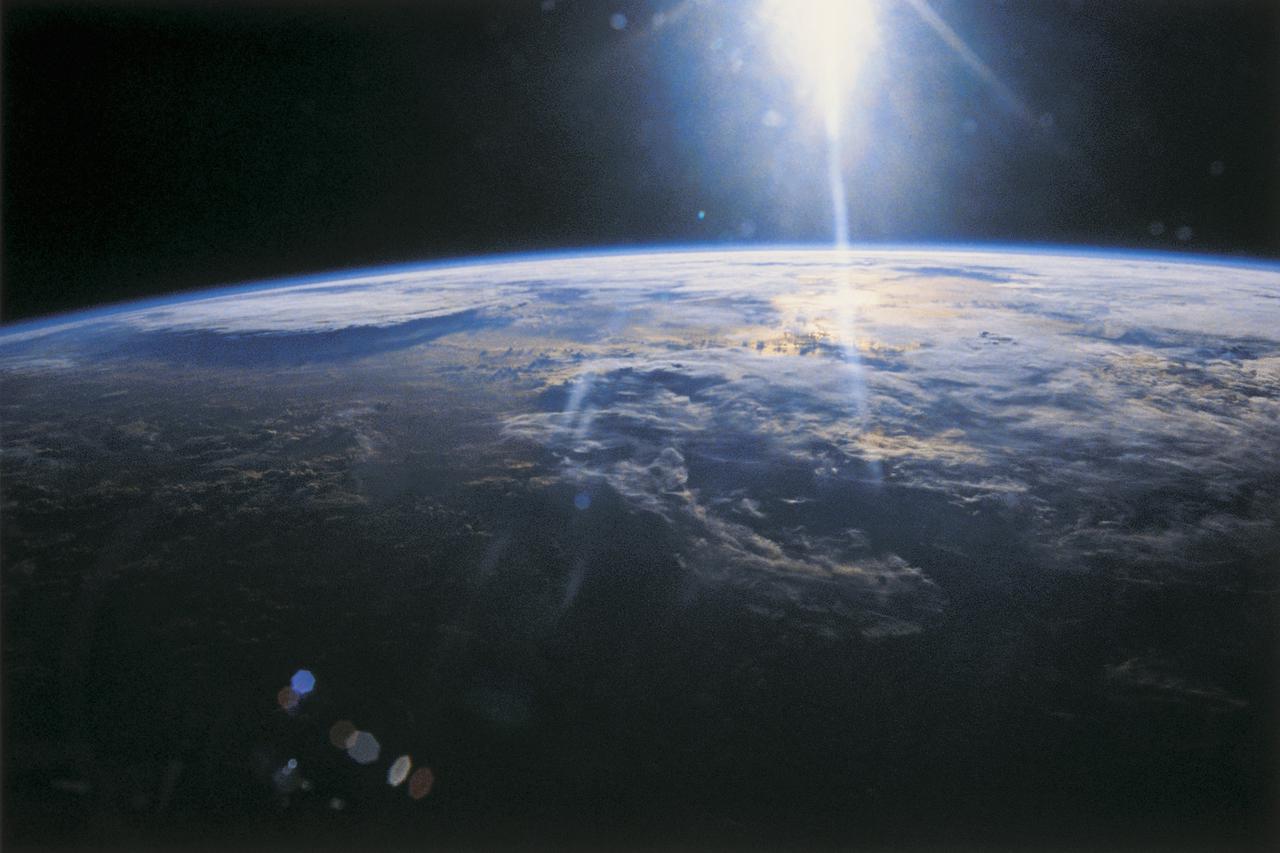

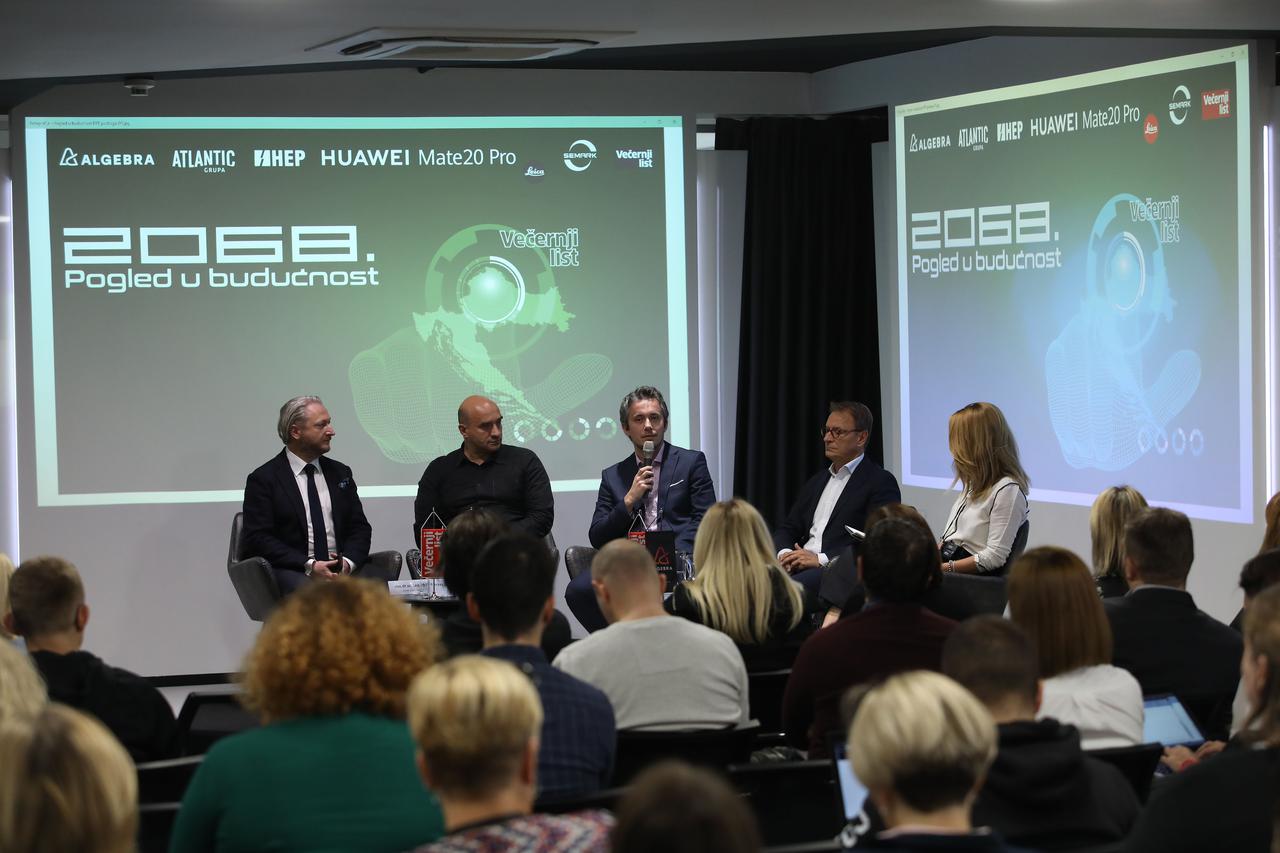

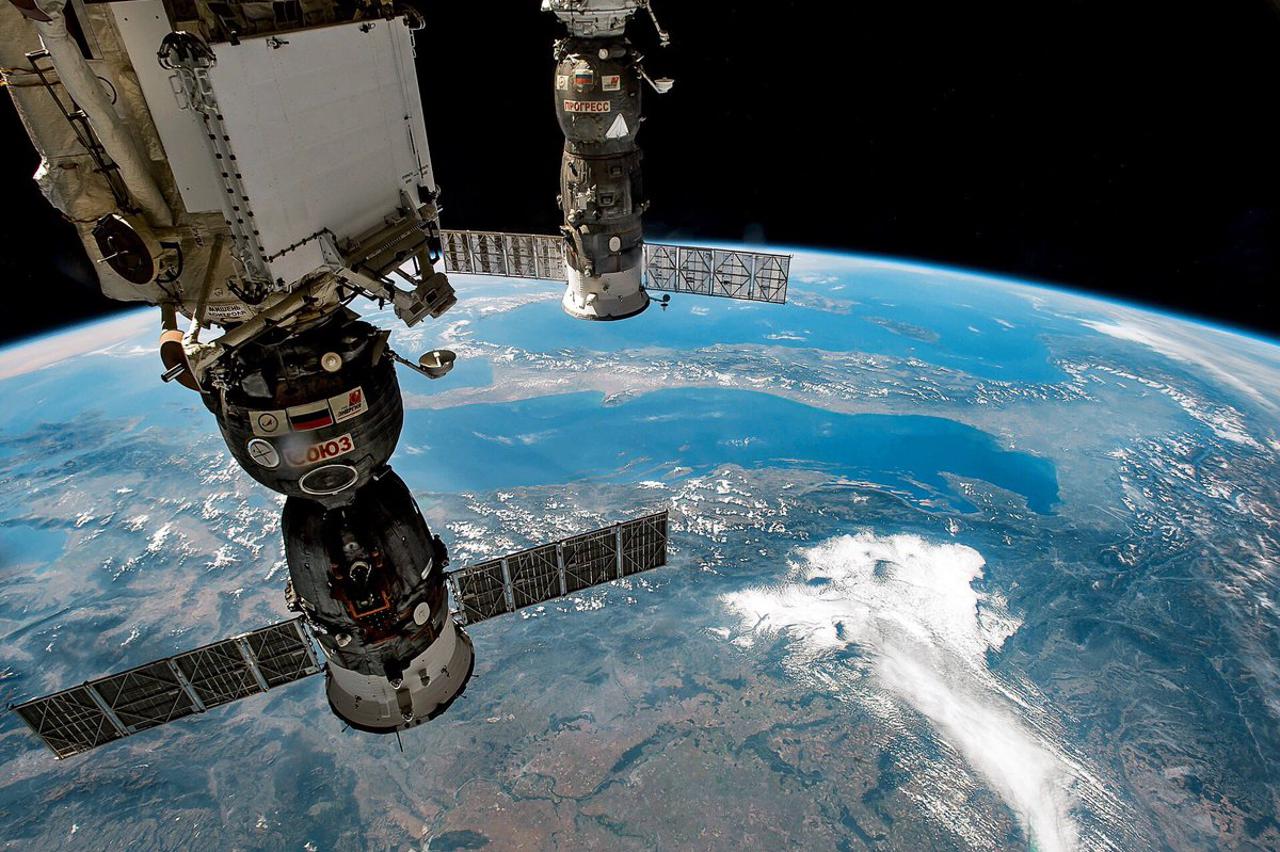
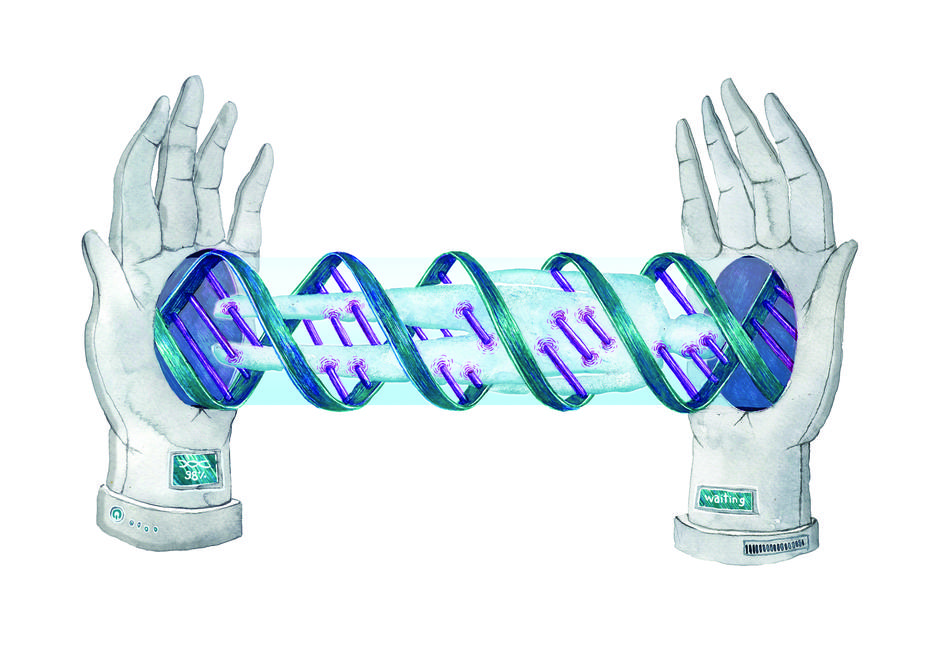
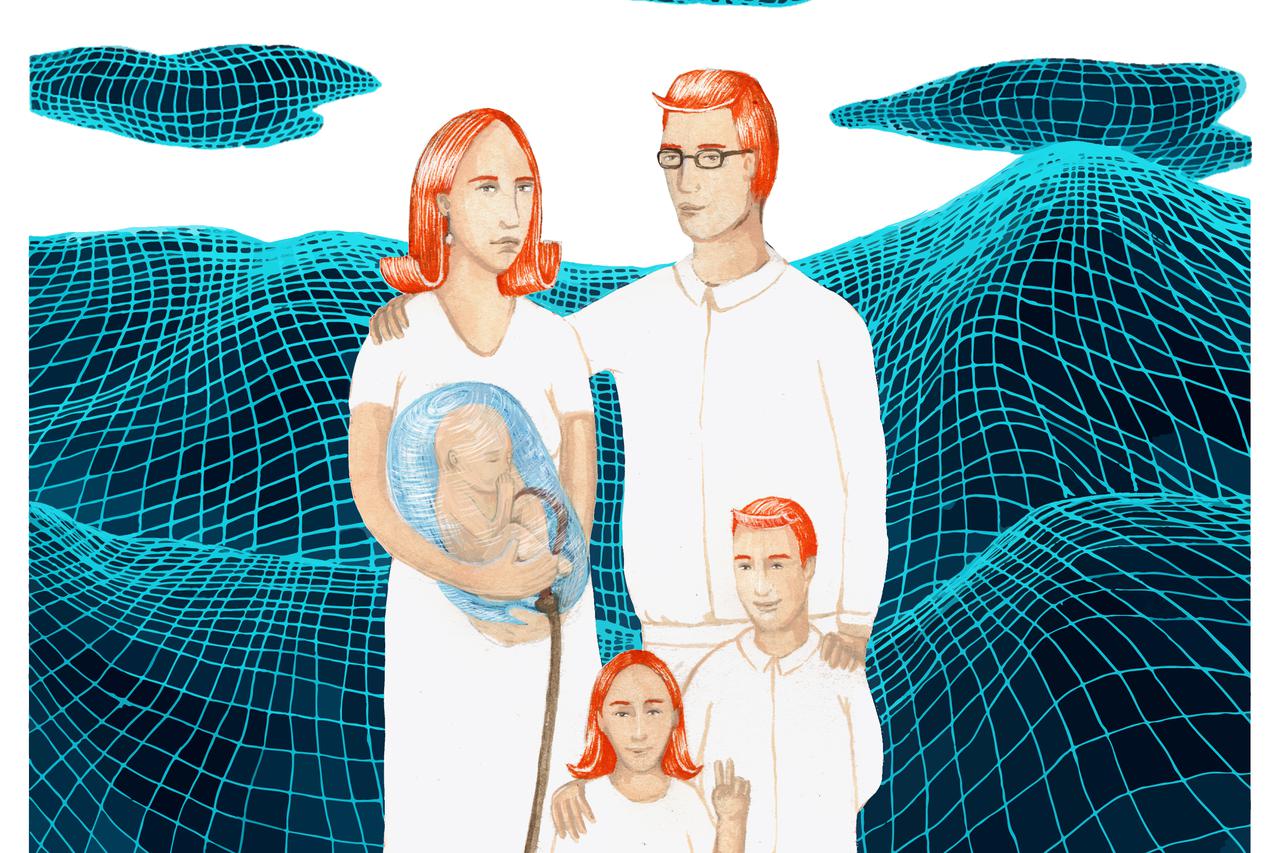
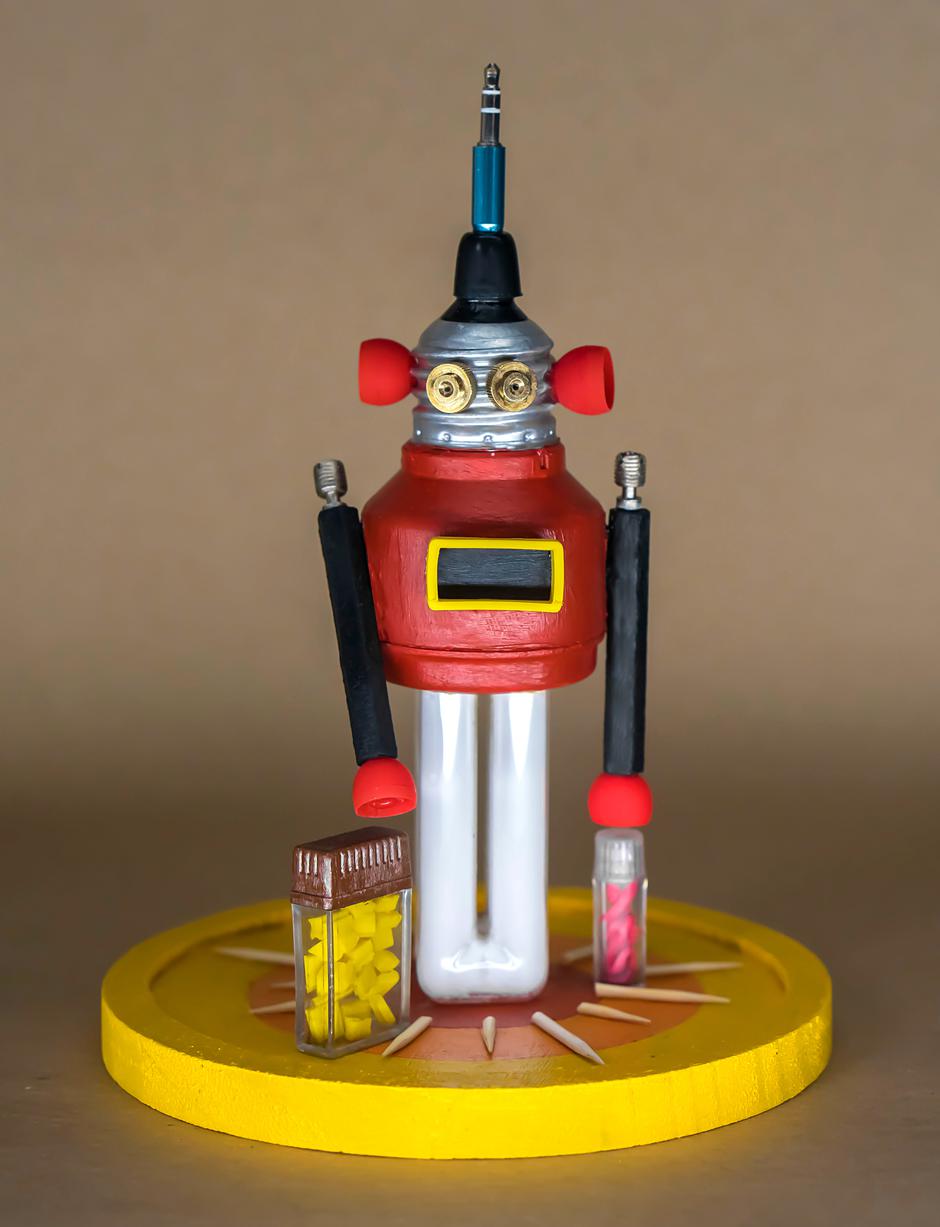

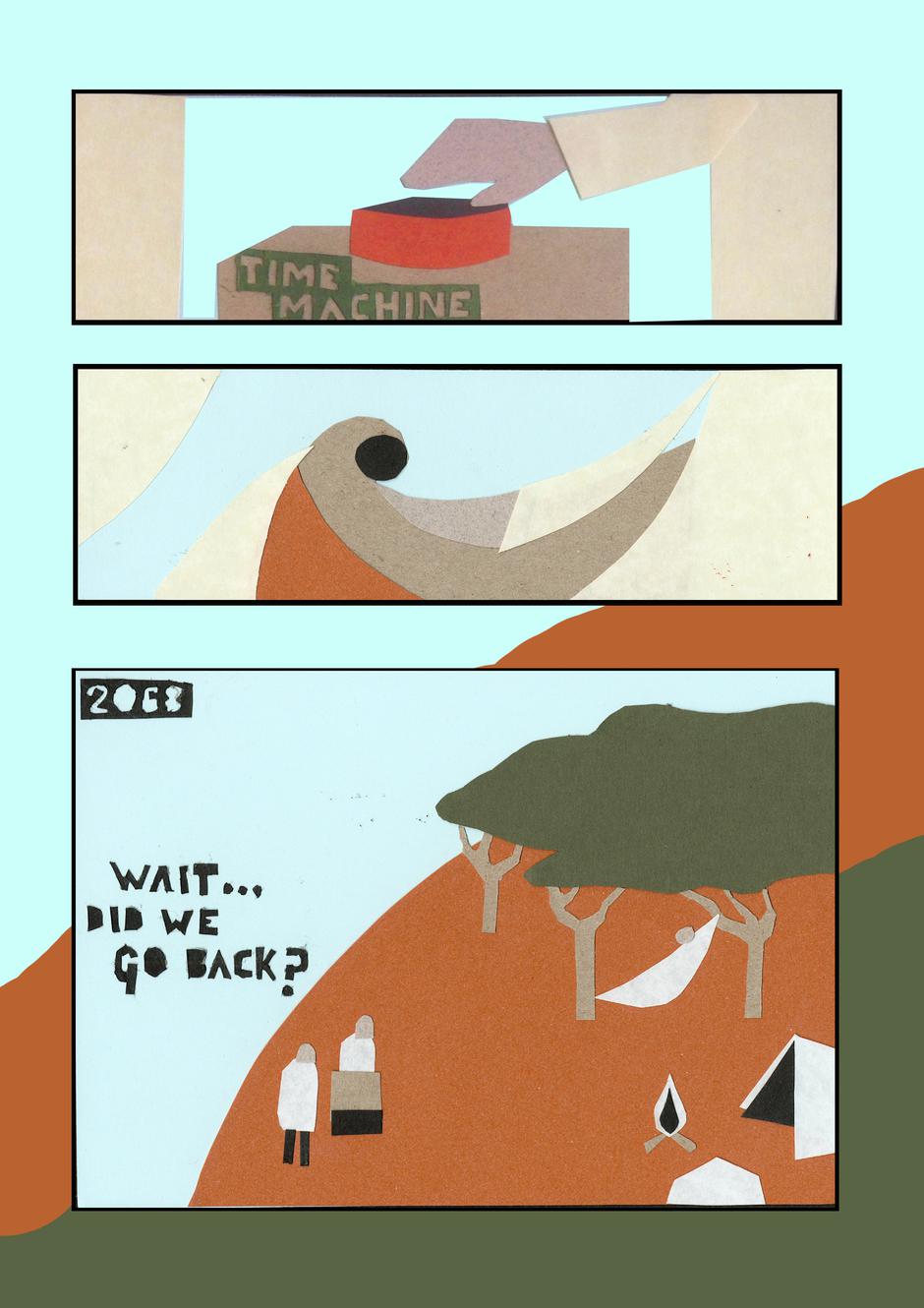
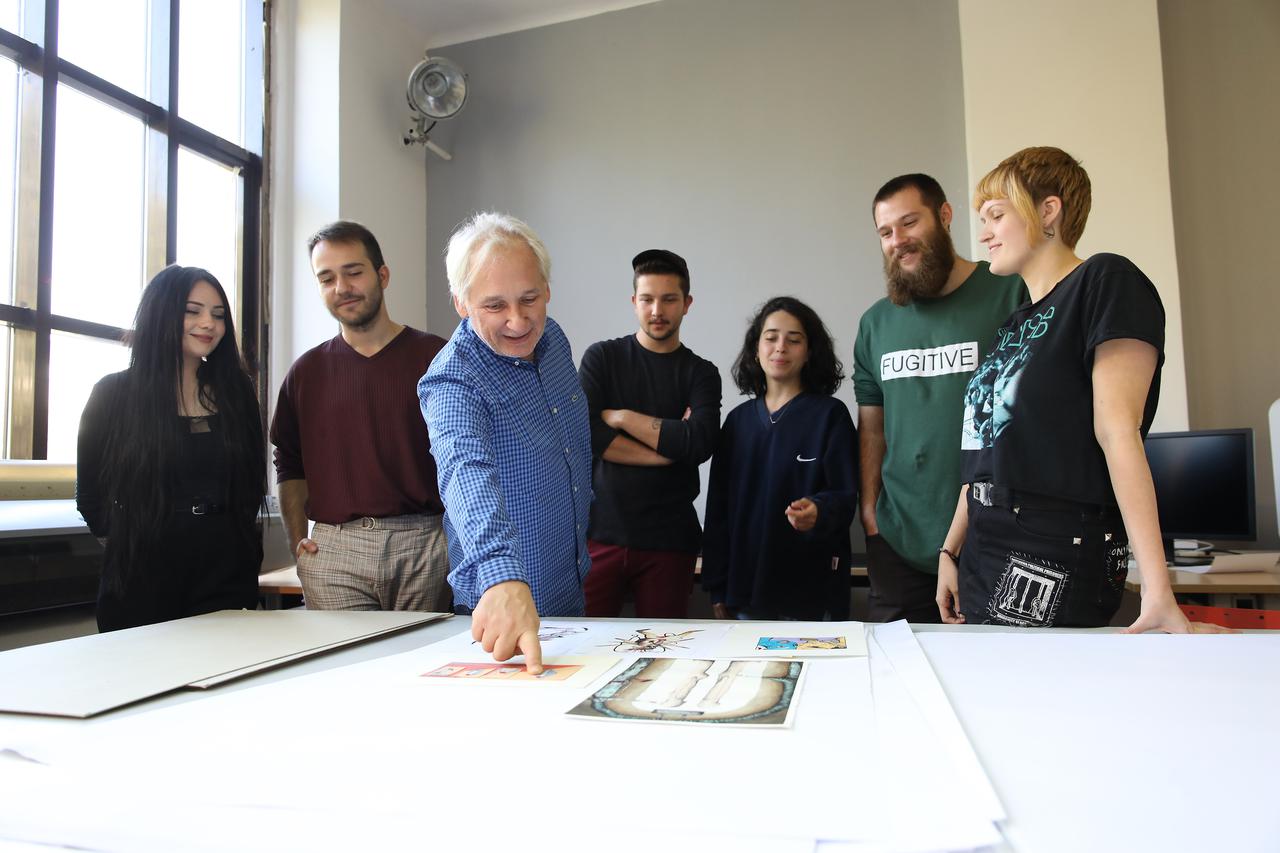
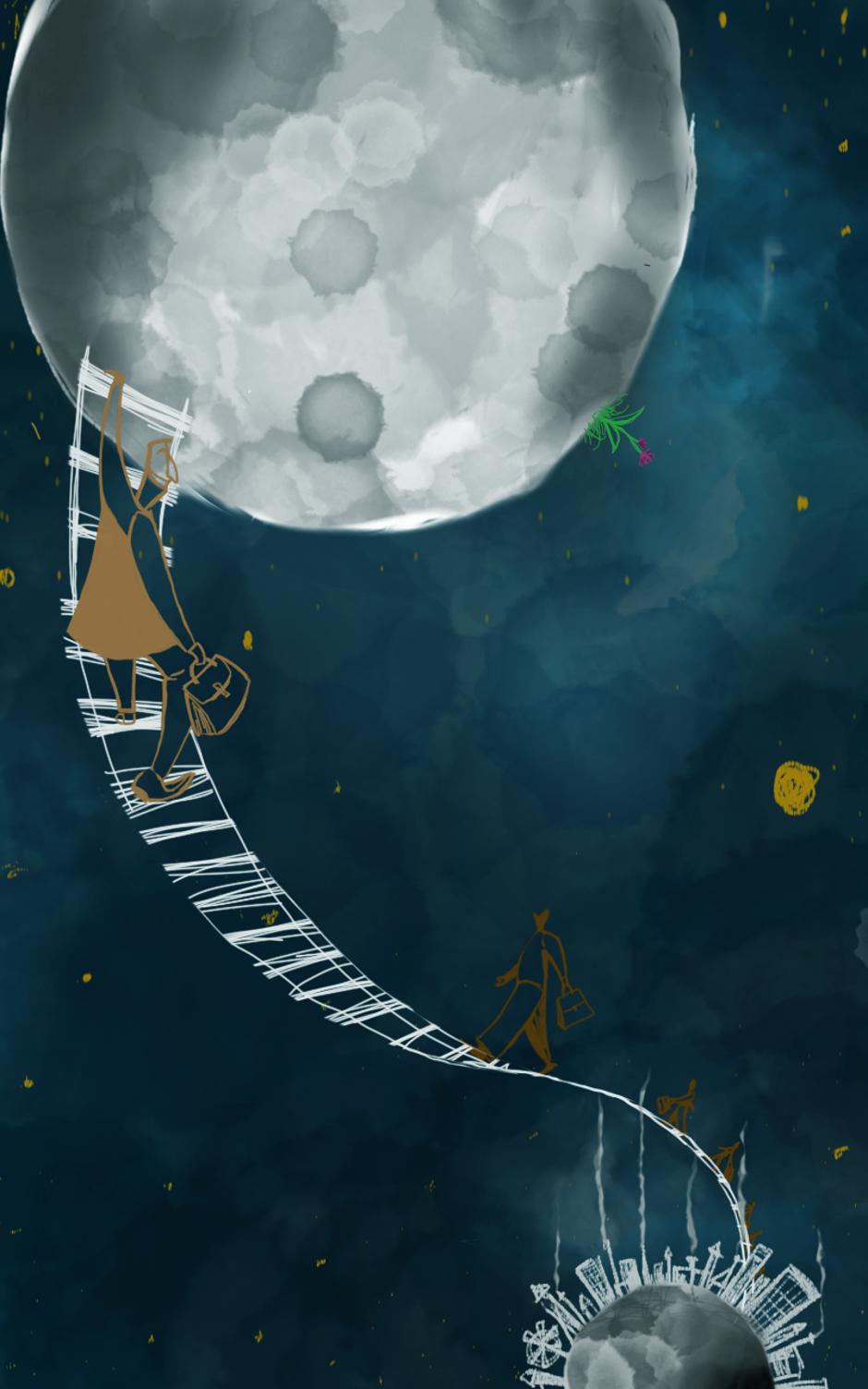


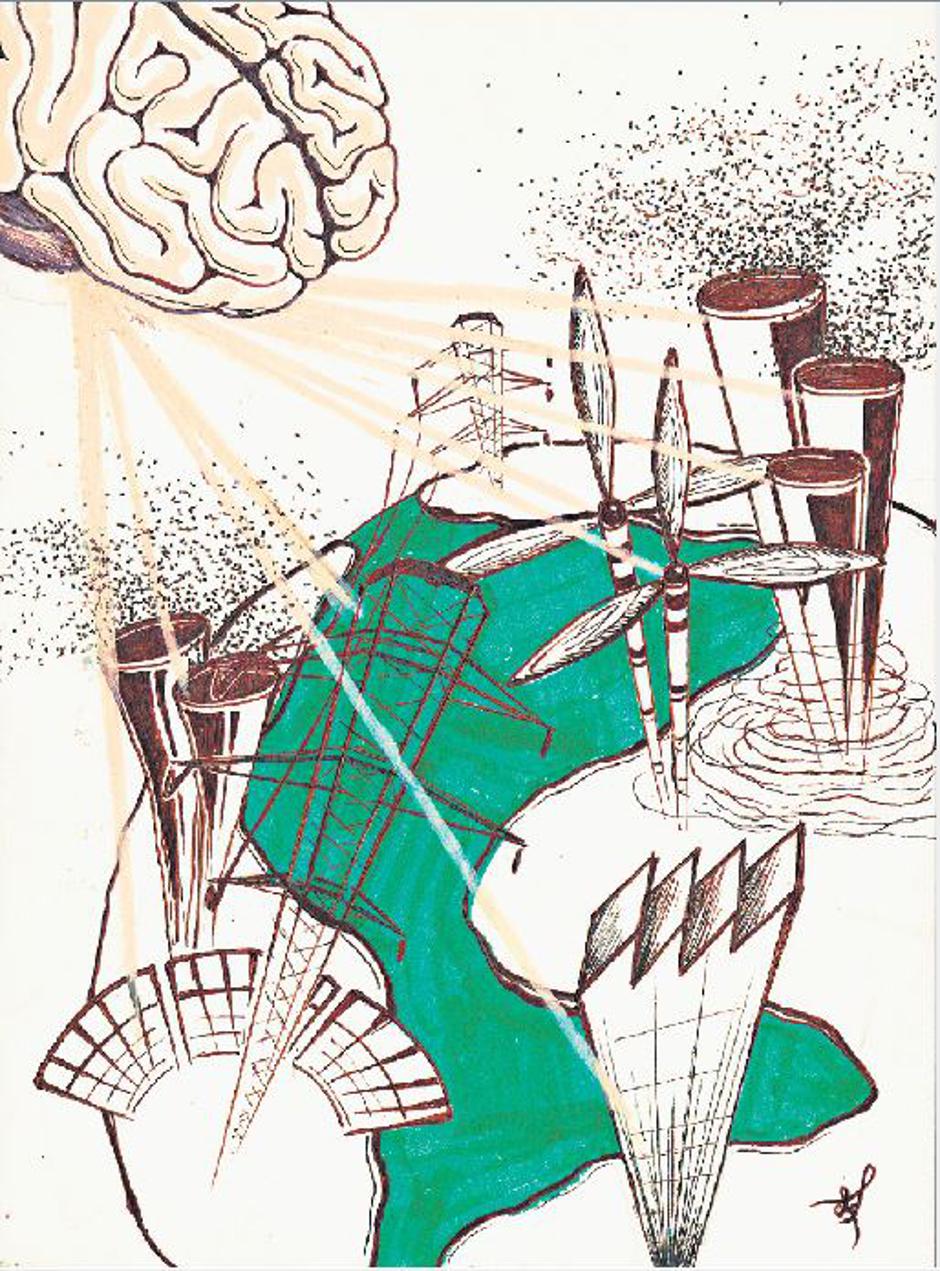
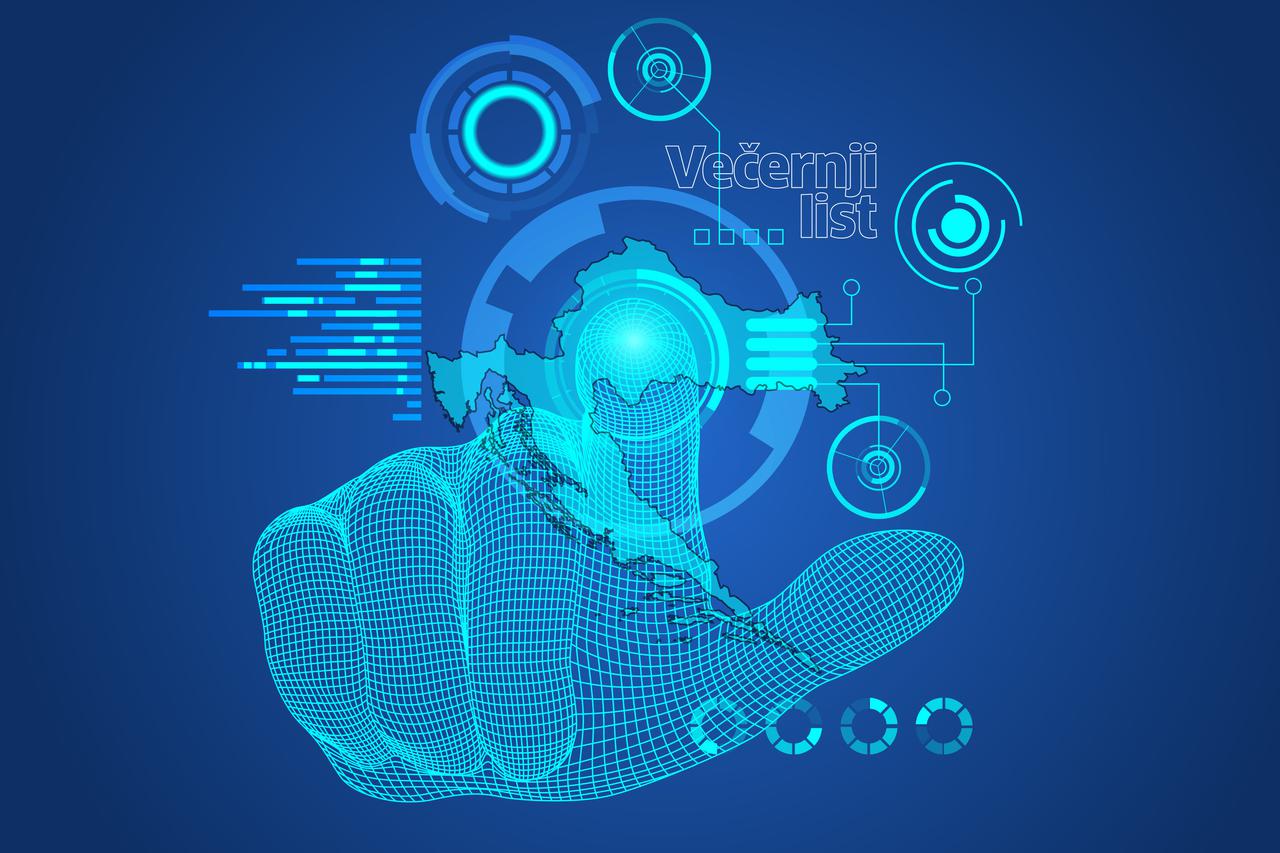



























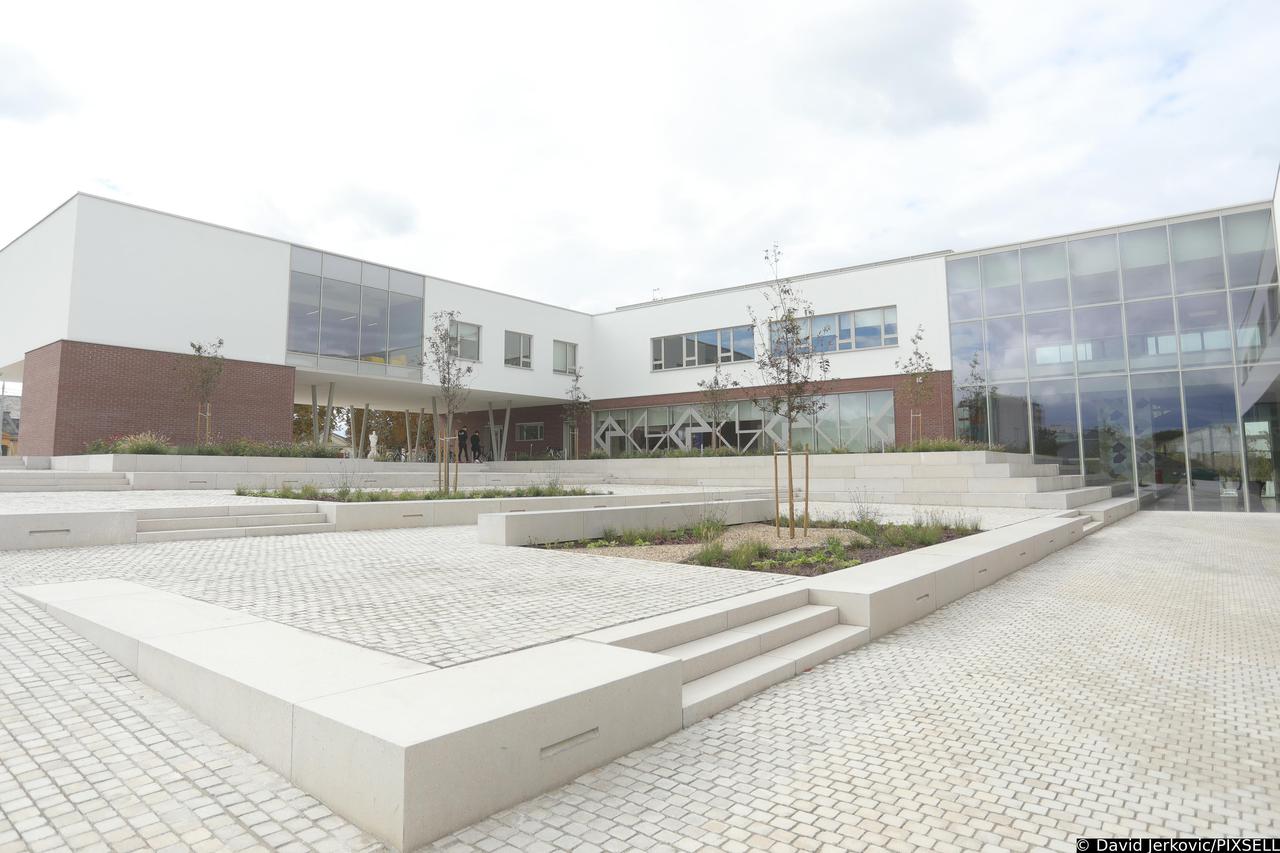
 Otvori KEKS Pay
Otvori KEKS Pay

Copy-Paste novinari. Polupismeni i neškolovani novinari samo za to i jesu sposobni. Dno dna novinarstva u Hrvatskoj.